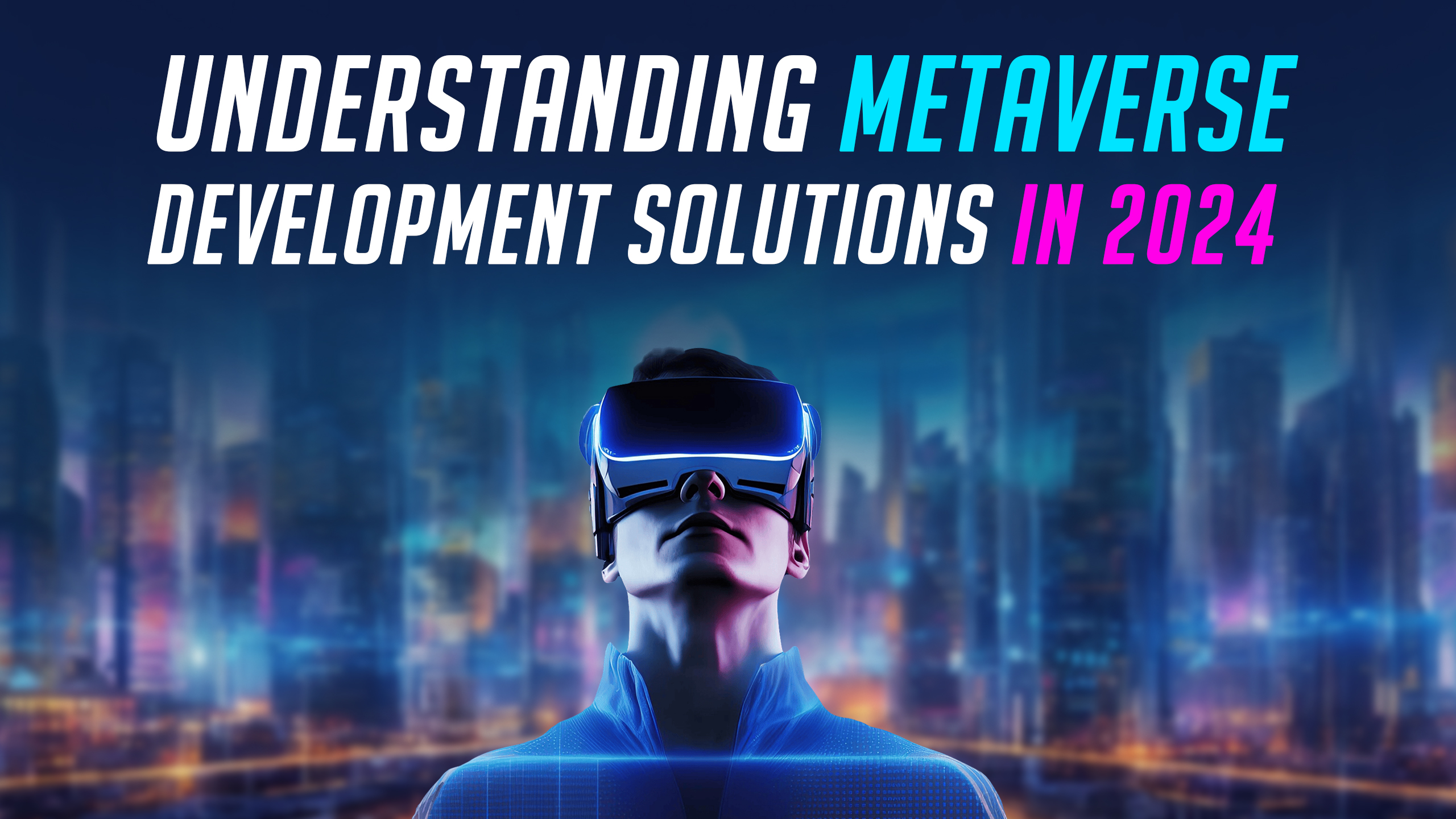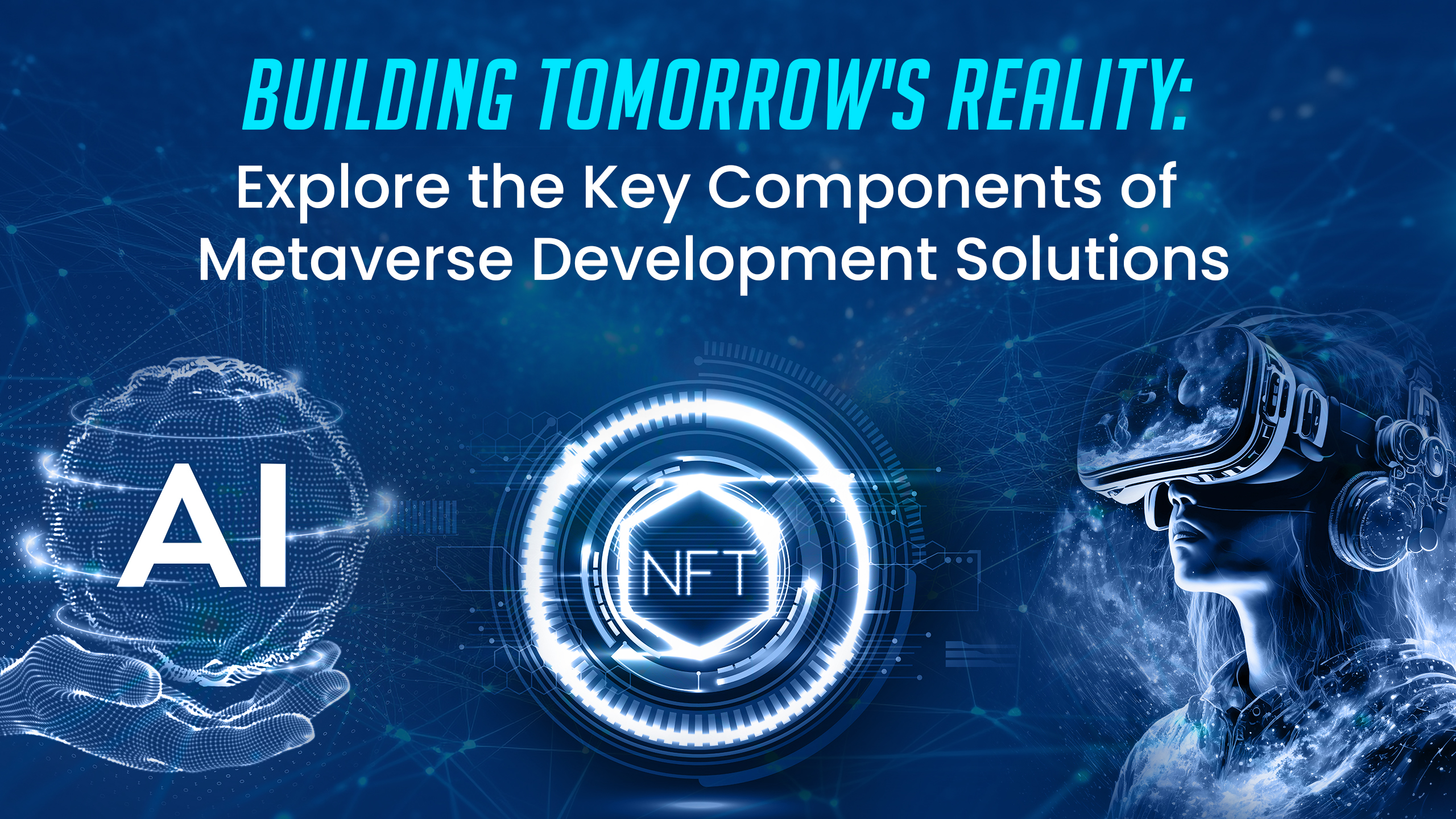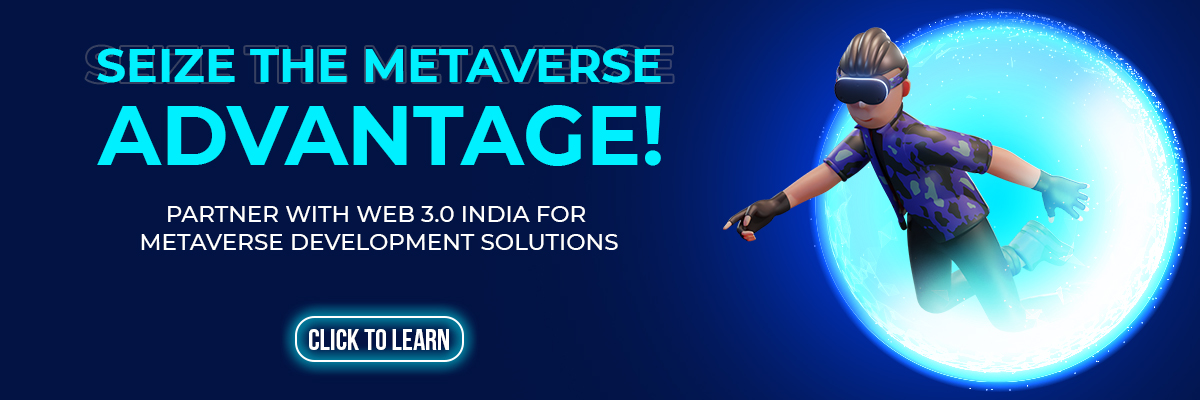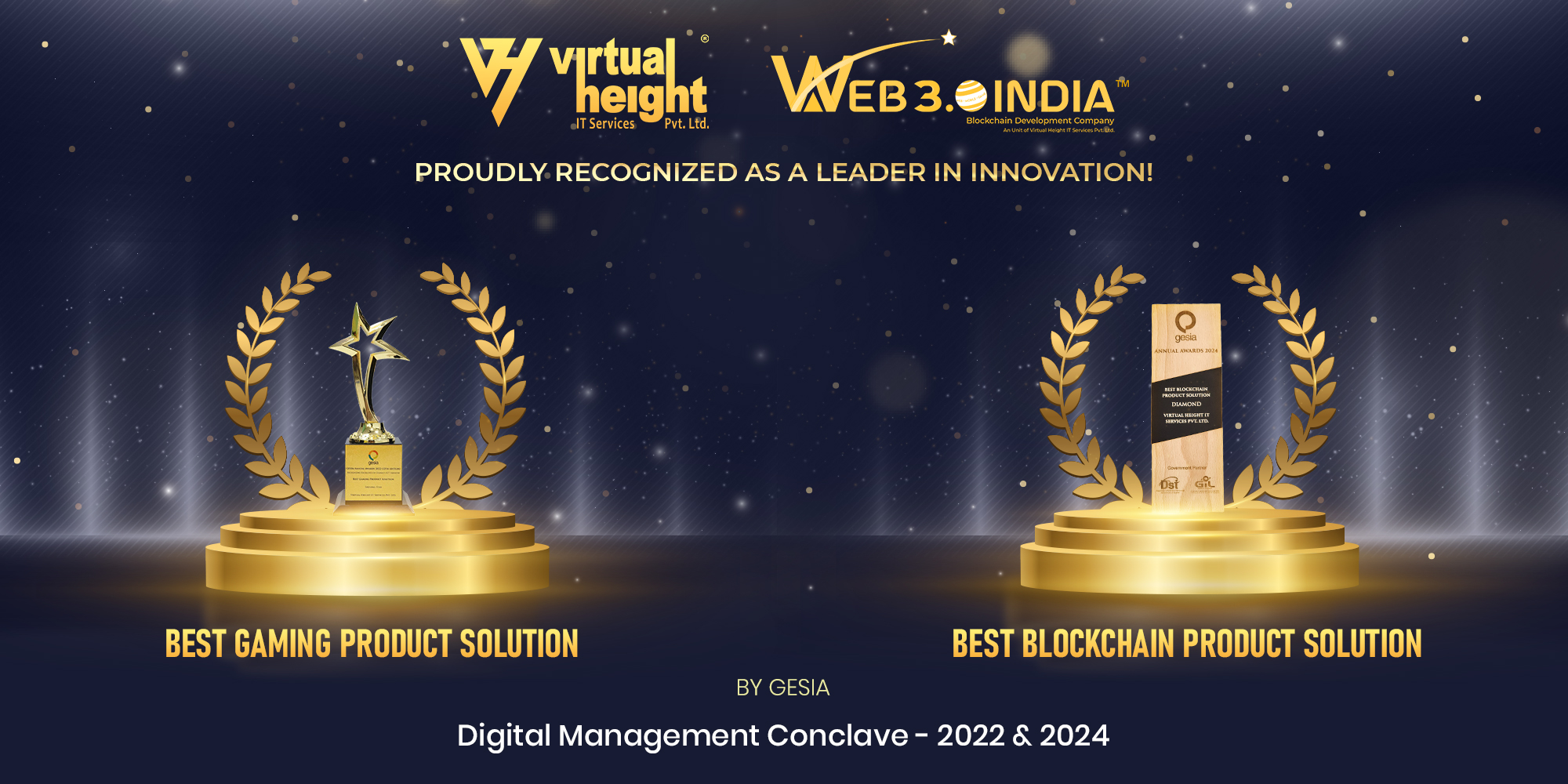The term “Metaverse” has been gaining significant attention in recent times, transcending its roots in science fiction and becoming a tangible concept in the tech industry. As the virtual realm expands and evolves, businesses are increasingly looking for metaverse development solutions to capitalize on this digital frontier.
Understanding the Metaverse
The metaverse is a collective virtual shared space that merges the physical and digital worlds. It goes beyond traditional concepts of augmented reality or virtual reality, creating immersive and interactive experiences where users can engage with each other and digital environments in real time. This interconnected space is not limited to a single platform but encompasses various digital spaces and technologies.
Why Metaverse Development Solutions Matter
Evolving Consumer Interaction
The Metaverse has fundamentally transformed the landscape of consumer interaction, ushering in a new era of engagement. Traditional methods of showcasing products and services have given way to immersive experiences within virtual environments. Businesses can now create dynamic, 3D virtual storefronts where users can explore and interact with products in a way that transcends the limitations of traditional e-commerce.
Augmented and virtual reality technologies play a pivotal role in this evolution. Consumers can virtually try on clothing, test out products, and even visualize furniture in their living spaces before making a purchase. This not only enhances the online shopping experience but also reduces the uncertainty associated with buying items without a physical touch or feel.
Furthermore, social interaction is seamlessly integrated into the shopping experience. Users can share their virtual shopping experiences with friends, seek opinions, and make collective decisions. Brands that successfully navigate this immersive landscape can establish a deeper and more meaningful connection with their customers.
Collaboration and Communication
The Metaverse serves as a revolutionary platform for redefining how teams collaborate and communicate. Traditional office spaces are transcended by virtual workspaces, where team members from different parts of the world can come together in a shared digital environment.
Meetings take on a new dimension as avatars representing team members gather around a virtual table. Real-time collaboration is facilitated through the integration of virtual whiteboards, 3D models, and interactive presentations. The result is a level of collaboration that goes beyond the limitations of physical proximity.
The Metaverse also breaks down barriers in communication. Language is no longer a hurdle as real-time translation services seamlessly facilitate communication between individuals speaking different languages. This inclusivity enhances global collaboration and fosters a more diverse and interconnected working environment.
Entertainment and Gaming
Gaming has been at the forefront of Metaverse development, pushing the boundaries of what’s possible in virtual worlds. However, the influence of the metaverse extends far beyond gaming, infiltrating various facets of entertainment.
In the metaverse, entertainment becomes an interactive and participatory experience. Users can attend virtual concerts, explore art galleries, and engage with immersive storytelling experiences. The boundaries between the consumer and the content are blurred, offering a level of engagement that traditional media struggles to match.
Moreover, the metaverse opens up new avenues for content creators. Virtual spaces become canvases for artists, musicians, and storytellers to showcase their work in innovative ways. This not only transforms the way entertainment is consumed but also democratizes the creation and distribution of content.
Components of Metaverse Development Solutions
Virtual Reality (VR) and Augmented Reality (AR)
Within the Metaverse, Virtual Reality (VR) and Augmented Reality (AR) are the pillars that erect the immersive landscapes users traverse. VR plunges individuals into entirely digital environments, while AR overlays digital elements onto the real world. Together, they redefine how we perceive and interact with the digital and physical realms.
VR allows users to step into fantastical worlds, fostering unparalleled experiences in gaming, education, and beyond. Whether exploring ancient civilizations or collaborating with colleagues in a virtual office, VR creates a sense of presence and engagement that transcends the boundaries of physical space.
AR, on the other hand, seamlessly integrates digital information into our real-world surroundings. From navigation aids to interactive educational experiences, AR enhances our daily lives by providing context and information in real time. The metaverse leverages these technologies to create a cohesive blend of the digital and physical, opening up new dimensions for exploration and interaction.
Blockchain and NFTs
Blockchain technology stands as the bedrock of security and transparency within the metaverse. Its decentralized nature ensures that transactions, data, and ownership records are tamper-proof and verifiable. This is particularly crucial in a virtual space where digital assets hold significant value.
Non-Fungible Tokens (NFTs), a unique offspring of blockchain, revolutionize ownership in the digital realm. Each NFT represents a distinctive, irreplaceable digital asset—be it virtual real estate, digital art, or in-game items. This concept of true ownership and scarcity unlocks new economic models, allowing users to buy, sell, and trade digital assets with a level of authenticity and provenance previously unattainable.
The integration of blockchain and NFTs in the metaverse establishes a framework for a thriving digital economy where virtual possessions hold tangible value and users have full control over their assets.
AI and Machine Learning
Artificial Intelligence (AI) and Machine Learning (ML) elevate the Metaverse to unprecedented levels of sophistication. These intelligent systems adapt to user behavior, creating personalized and dynamic interactions within virtual environments.
In the Metaverse, AI-driven avatars can simulate realistic human-like interactions, enhancing social experiences. Machine Learning algorithms analyze user preferences and behaviors, tailoring content and interactions to individual needs. This level of personalization fosters a deeper connection between users and the Metaverse, making each experience unique and tailored to the individual.
Moreover, AI contributes to the dynamic nature of virtual worlds. Environments can evolve based on user interactions, creating a living, breathing digital space. From smart NPCs (non-playable characters) in games to AI-driven assistants in virtual offices, the integration of AI and ML transforms the Metaverse into a constantly evolving and responsive ecosystem.
Conclusion
Metaverse development solutions from Web 3.0 India signify a revolutionary leap in redefining our engagement with the digital landscape. Companies that adopt this transformative approach pave the way for unprecedented growth and innovation. As technology propels forward, the metaverse, seamlessly woven by Web 3.0 India, is destined to seamlessly integrate into our daily lives, profoundly influencing the future of work, recreation, and connectivity.






